Universal Studios Florida is celebrating its 30th anniversary this year. Opening on June 7, 1990, the park has undergone a tremendous amount of changes over the last three decades. While it had a shaky start, with practically none of the rides functioning properly and guests being given a free pass to come back later, (which are still valid to this day,) it eventually offered a lineup of some of the most memorable and beloved theme park attractions of all time.
Let’s dive into 100 facts about 10 former attractions at Universal Studios Florida, (plus a few extra for good measure). Be sure to check out the video version for additional visuals!
Kongfrontation
- Kongfrontation was inspired by the King Kong Encounter segment on the Universal Studios Hollywood tram tour, which had opened only a few years prior.
- The facade for the attraction was themed as Pennsylvania Station in New York, while the ride takes place on the Roosevelt Island Tramway.
- It was built in one of the world’s largest soundstages, at 71,000 square feet, which is equal to two football fields.
- Even though the ride features some set pieces inspired by the original film from 1933, much of the setting was based on the 1976 remake.
- Fifty building facades modeled after Manhattan’s Lower East Side were constructed to flesh out the city streets.
- While the ride vehicles were designed to appear like trams, instead of hanging from a wire, they ran along a track on the ceiling. An accordion design allowed for the “dangling” type motion profile and sudden drop effect for the ride’s climax.
- The ride featured two King Kong animatronic figures, scaled to be 39 feet tall.
- The Kong for the finale weighed 6 tons—and 7,000 pounds of that was just the fur alone.
- The main animatronic was capable of 46 individual animated moves, which included everything from eye blinks and mouth movements to swinging arms.
- A scent would be emitted towards the riders when you come face to face with Kong, which was dubbed “banana breath.”
Earthquake: The Big One
- Based on another short segment from the Hollywood tram tour, Earthquake: The Big One would take a 2 minute ride and turn it into a full experience for Florida.
- The entrance was themed as the fictional San Francisco Transit Authority.
- The attraction was based on the 1974 film “Earthquake” starring Charlton Heston.
- Heston hosts the preshow which shows off a sequence from the movie, and then reveals an actual section of the scale model of downtown Los Angeles that was used in the film.
- A second version of the attraction in 2002 updated this preshow to talk about additional films. Models from E.T., How the Grinch Stole Christmas, and U571 were added instead of the Earthquake model.
- While the original version of the second preshow had volunteers reenact sequences from the Earthquake film, the second version incorporated reenactments from additional films as well.
- The main ride had guests load into a stripped down version of a Bay Area Rapid Transit Train heading from Oakland to the Embarcadero station.
- 65,000 gallons of water pour in for the ride’s conclusion, and is then reclaimed by a pump and reset in time for the next group.
- Just like the original version in Hollywood, guests can see behind the magic as all of the effects and set pieces reset themselves while your tram rolls away.
- In 2007 the ride was converted into Disaster!: A Major Motion Picture Ride…Starring You! featuring Christopher Walken as filmmaker Frank Kincaid you’re welcome.
JAWS
- The JAWS ride famously had a bad start, and according to some reports, even Steven Spielberg himself was stranded on a boat for hours on opening day.
- The ride took place in a massive 7-acre lagoon, filled with 5 million gallons of water, surrounding a small island.
- The shark animatronics would move through the water at speeds of up to 20 ft per second and thrust with the power of a Boeing 737 aircraft during takeoff.
- After attempting to get the initial version of the ride to run for well over a year, they gave up and decided to redesign the attraction, especially the two most troublesome parts of the ride.
- While they originally hoped for a summer ’92 reopening, it wouldn’t open in its final form until 1993.
- The sinking boat scene and an updated boat house sequence were kept from the original version, as well as the first two fins that move along tracks, although the fins originally would swing their tails back and forth to simulate swimming. The effect was turned off to keep them from falling off their tracks.
- In the first version the shark would (appear to) bite the boat, and spin it around 180 degrees. The effect rarely worked in unison, causing the robotic shark and boat’s movements to fall out of sync. This scene would be replaced with the skipper inadvertently setting the gas dock ablaze.
- While fine tuning the massive gas dock explosion, technicians would ride through the scene over and over, dialing up the flames intensity a little each time, until it actually started to burn them, then dial it back down a notch. This ensured an impressive, but technically safe pyrotechnic display.
- The original ending to the ride had the shark exploding, inspired by the film’s ending. An explosion effect would shoot a mix of water, red dye, and fake guts up out of the water. Dubbed the “meat machine,” this effect was also prone to complications.
- The final version of the ending was instead inspired by JAWS 2, where the shark dies after biting on an electrical cable.
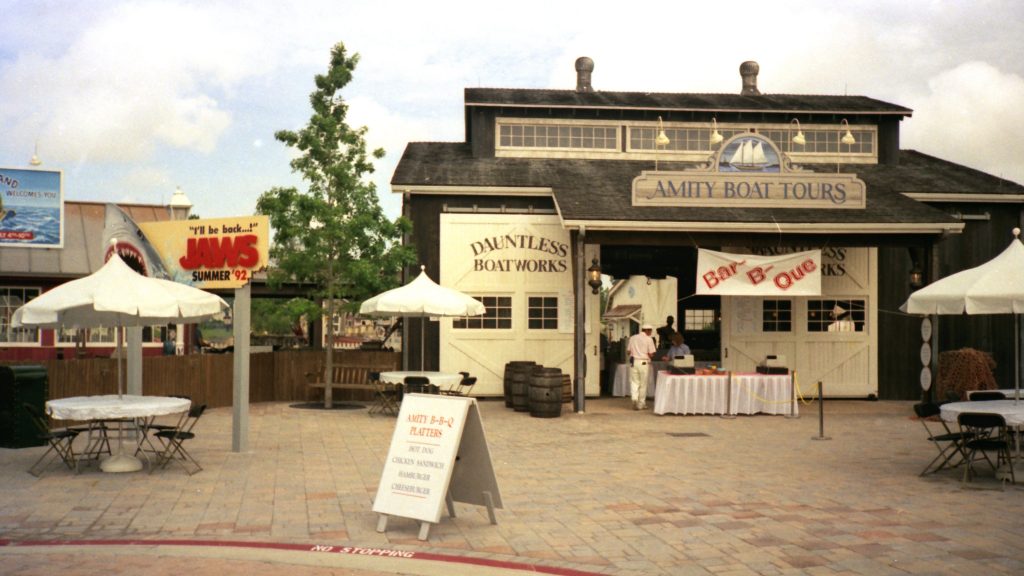
JAWS queue being utilized as a barbecue restaurant while closed, Photo: @Bioreconstruct
The Funtastic World of Hanna Barbera
- The Funtastic World of Hanna Barbera was the first simulator ride to open at a Universal park.
- This was also the first ride film to predominantly utilize computer generated imagery. The fact that computers were starting to be used in animation is even incorporated into the ride’s preshow.
- During the preshow Dastardly says he wants to be the star of Hanna-Barbera’s next project, but they inform him that Elroy is next. Coincidentally, at the time of the ride’s opening, the release of “Jetsons: The Movie” was only a few weeks away.
- The ride takes place inside of Yogi and Boo Boo’s rocketship, based on the design from Hanna Barbera cartoon shows of the 1980s.
- The director, Mario Kamberg, and producer, Sherry McKenna, make animated cameos in the Flintstones scene outside of a restaurant called “Mario’s”.
- While Hanna-Barbera oversaw the attraction, their company did not animate it. Instead Sullivan Bluth Studios handled the character animation, the same company behind Spielberg’s An American Tale.
- Rhythm & Hues created the CG Jetsons sequence for the ride film. They went on to create visual effects for Babe and Life of Pi, both of which they won Oscars for.
- The ride’s creator, Peter Alexander, once said that unlike a regular dark ride, this ride could easily be changed into a new attraction. “Change out some of the props and we would have something new.” He was ultimately right, as the ride would be transformed into Jimmy Neutron’s Nicktoon Blast and then Despicable Me: Minion Mayhem in the coming decades.
- After closing in 2002, The Funtastic World of Hanna-Barbera would go on to have a second life at Paramount theme parks.
- The director, Mario Kamberg, and art director, Allen Battino, were also the creative forces behind its replacement Jimmy Neutron’s Nicktoon Blast, so they had their films playing in the same theater for over 20 years straight.
Nickelodeon Studios
- Nickelodeon moved their production facility to Orlando more than a year before the park even opened.
- They began taping their first show at the new studios, “Super Sloppy Double Dare,” in 1989.
- On the park’s opening day, Nickelodeon aired a 3-hour live special hosted by Marc Summers.
- The studio included a 45 minute walking tour where park-goers could see into the soundstages where actual shows were being made. After the tour kids could compete for their chance to be slimed.
- While present earlier, the famous Slime Geyser didn’t start spewing green slime until later that year in October.
- In 1992, a time capsule was buried at the studios, filled with items selected by Nickelodeon viewers including a Game Boy, Home Alone on VHS, and other various items.
- While scheduled to be opened 50 years later in 2042, the capsule was exhumed and re-buried in 2005 at the Nickelodeon Suites hotel near Walt Disney World. It would once again have to be moved when that resort was rebranded in 2016, and is now located at their Animation Studio in Burbank, California.
- Usually taping on Soundstages 18 and 19, dozens of programs were completely produced within Universal Studios Florida until Nickelodeon left in 2005, including sitcoms like “Clarissa Explains It All,” “Welcome Freshmen,” and “My Brother and Me.”
- Studio audiences were often needed for certain shows and park guests were sometimes offered a chance to fill empty seats for shows like “All That” and “What Would You Do?”
- Game shows like “Legends of the Hidden Temple” and “Guts” would feature a live studio audience as well.
Ghostbusters Spooktacular
- The initial version of the Ghostbusters Spooktacular show featured a tour guide character explaining how the film was made and showing off a recreation of the New York rooftop set.
- The rooftop set was 100-feet wide, recreating the final scene from the original film, which at the time was filmed in the world’s largest soundstage.
- All of the elements are presented in full scale, including the Stay Puft Marshmallow Man, whose head is 22 feet in diameter.
- The show featured pepper’s ghost effects with 13 physical mechanical figures that would be illuminated out of view, which caused their reflections to appear on a 3/4 inch sheet of glass
- A preshow was originally planned, but was cut before the park opened. This saved Universal $400,000.
- A preshow was eventually added a few years later when the show was reworked, adding in Louis Tulley and Walter Peck’s character. This version removed the tour guide and kept the story in-universe, with Peck shutting down the containment unit as the catalyst for the ghosts’ arrival.
- The show went from 11 minutes to around 20 minutes with the addition of the preshow, however the Ghostbusters only appeared in the last 2 minutes.
- The new version’s premise had us there for a seminar to start our own Ghostbusters franchise. This idea was based on a line from the film where Venkman says “The franchise rights alone will make us rich beyond our wildest dreams.”
- The show closed in 1996, but the firehouse facade remained, and you could still meet the Ghostbusters in the area in the years following.
- Throughout the years the Ghostbusters also starred in various street shows featuring Beetlejuice. From 2002 to 2005 they were replaced with characters from the Extreme Ghostbusters cartoon show for one final version of these shows.
Back to the Future: The Ride
- Even though the attraction wasn’t ready when the park opened in 1990, there was a countdown clock set up in front of the building, letting guests know to come back in the “future,” next year. The time train from Back to the Future Part III and one of the DeLoreans from the films was also on display before the ride opened.
- Doc Brown’s segments for the outside queue video were shot in same “Hover Cam” style as the Saturday morning cartoon show’s intro segments.
- The attraction featured 70-foot OMNIMAX dome screens to envelope riders in the action. Since the film was projected onto domes, the miniature sets for the 2015 sequence were actually built with curved surfaces to take this into account.
- A Styrofoam cup can be seen to the right of the clock tower, appearing to be one story tall, supposedly because someone left a cup in the miniature set during filming.
- The ride film does not use digital effects or computer generated imagery in any way. The sets are all physical and a stop-motion camera was used. Moving only a tiny bit frame by frame, the filmmakers were able to get fluid and precise motion this way.
- The camera wasn’t the only thing that was stop motion. So was the giant Tyrannosaurus rex. The figure for this scene stood about 7-feet tall in real life, which is massive for stop-motion photography.
- The vocalizations for the T. rex were provided by Frank Welker, a famous voice actor known for playing characters like Scooby-Doo and Megatron.
- The film was directed by Douglas Trumbull, who was visual effects supervisor on films like “2001: A Space Odyssey,” “Blade Runner,” and “Close Encounters of the Third Kind.” He used his expertise with optical effects to seamlessly blend layers of filmed and animated material in an age before digital compositing.
- Concerned about the ride’s intensity, Universal brought in a doctor to sign off on the final version of the ride before it opened. He suggested that the simulator may cause riders to get off the ride thirsty, so water fountains were installed near the exits.
- A clip from the ride’s original ending was cut out before it opened. In it manure would fall onto Biff after he thanks Doc for saving his life, to which Biff responds, “Manure!! I HATE MANURE!!!” Strangely enough, the reason Doc has manure inside the institute is set up earlier in the queue video. He’s working on a new renewable energy source.
Alfred Hitchcock: The Art of Making Movies
- Alfred Hitchcock: The Art of Making Movies was the first 3D attraction at Universal Studios Florida, and was later called “Hitchcock’s 3D Theater.”
- It has also been dubbed the “world’s first PG-13 rated attraction.”
- When it opened with the park, Janet Leigh, Jimmy Stewart, and Tippi Hedren were on hand for attraction’s unveiling.
- The show was split into three sections. The first started with a 9-minute montage featuring clips from a variety of Hitchcock’s filmography, although some were left out, like “North by Northwest” due to a rights issue.
- The premise for the second part in this theater was that the audience was going to get a chance to see a sequence from “Dial M for Murder” in 3D. The film was originally shot in 3D, but by the time it was to be released the 3D fad had died so it was released in standard 2D.
- Of course, instead of watching the full sequence from that film, a flock of birds would appear to crash through the screen, and into the theater.
- To shoot the footage for the birds sequence, real birds were filmed against what was the world’s largest blue screen at the time, located at Dino De Laurentiis studios in North Carolina.
- The next segment would feature live actors and prerecorded footage of Anthony Perkins teaching us the secrets of how they filmed the shower scene for Psycho.
- The final portion of the attraction was an optional post-show area. Guests could stay in this area as long as they wanted while Team Members would show how several special effects were achieved in Hitchcock’s films.
- There were also exhibits you could explore yourself, like a miniature mockup of the apartments from Rear Window where you have to try and spot the murderer, before he spots you.
Murder, She Wrote Mystery Theater
- This interactive show was originally named “Murder, She Wrote Post Production Theatre” as it focused on the different stages of post-production for a television program.
- The show originally clocked in 35 minutes, making it the longest attraction on the park’s opening day. It was later trimmed down to 25 minutes.
- The show was about the production of a fake episode of Murder She Wrote titled “The Black Pearl.”
- The first segment of the show would feature an “editor” showing you how cutting shots together differently can change the story.
- The next segment would teach you how “foley” artists record sound effects to match what is happening on screen.
- They would be able to playback video with new sound added in real time, including things like a volunteer from the audience doing their best King Kong impression.
- The final section of the show would teach the audience how ADR, or Automatic Dialog Replacement works.
- The audience would then be able to see the completed sequence with their added sound effects and voice overs.
- The show closed in 1996, after Murder She Wrote concluded its 12-season run.
- It was replaced by Hercules and Xena: Wizards of the Screen, which featured a similar set-up but now teaching audiences about post-production for these TV shows instead.
Production Tram Tour & More
- Contrary to what you may have read on the internet, the park did open with a Production Tram Tour, and it ran until 1995.
- This 15 minute tram ride would take guests backstage to see the soundstages, then loop around most of the park itself, with the guide showing off various filming locations and sharing fun facts.
- The park opened with a few sets from recent movies and TV shows, including the Bates Motel and house, which was used in the filming of Psycho IV before the park opened. This motel set remained until 1995 when it was demolished to make way for A Day in the Park with Barney. The house remained a few more years until it was demolished in 1998 to be replaced by Curious George Goes to Town.
- There were also a couple sets used for the Swamp Thing TV series, one backstage that guests could see on the tram tour, and another located at the back of the park. These sets were removed in 1994, a year after the show’s cancellation.
- Another opening day attraction was The Boneyard. You could find real props and vehicles that were used in movies on display like some of the sharks from JAWS 4 and JAWS 3-D, and the chariot from Ben Hur. Props were added and removed through the years until The Boneyard was closed in 2008 to make way for the Music Plaza Stage.
- The park opened with a nighttime lagoon show originally called “Miami Vice Stunt Spectacular,” that was renamed the “Dynamite Nights Stunt Spectacular” a few months later. The show ran for nearly a decade before closing in 2000.
- No matter where you watched the show from around the lagoon, you were guaranteed a good view of at least one of the show’s three major set-pieces: an exploding boat house, exploding sinking ship, and a speedboat flying through… an exploding gas barge.
- Another opening day experience was being able to meet classic Hollywood Celebrities in the park. Ron Schneider, known for playing Dreamfinder in Epcot, was hired to scout look-a-likes for Universal.
- You could meet celebrity impersonators like Mae West, the Marx Brothers, Laurel and Hardy, and Marylin Monroe when the park first opened.
- And those weren’t the only characters around. Guests could get their photo taken with Frankenstein’s monster, Harry from Harry and the Hendersons, Woody Woodpecker, and characters from Hanna-Barbera.
When Universal Studios Florida opened on June 7, 1990 there were only four attractions that worked as planned: Murder, She Wrote, the Hitchcock show, Ghostbusters, and E.T. Adventure. The park has come a long way and undergone some incredible transformations since those early days… And to think, E.T. is still sending guests soaring to the Green Planet all these years later.
That’s all for now! Be sure to see the video version for more visuals. If you liked these fun facts, check out more of our Theme Park Facts articles! And subscribe to the Park Stop YouTube channel for more theme park fun. Subscribe to the news feed or enter your email below to never miss an update. Main Photos: Source | Other Photos as Captioned
Subscribe to Receive Email Updates
![]() Consider supporting us on Patreon for as little as $1/month. All patrons receive behind the scenes posts and exclusive podcasts. Learn More
Consider supporting us on Patreon for as little as $1/month. All patrons receive behind the scenes posts and exclusive podcasts. Learn More
Discover more from Orlando ParkStop
Subscribe to get the latest posts sent to your email.

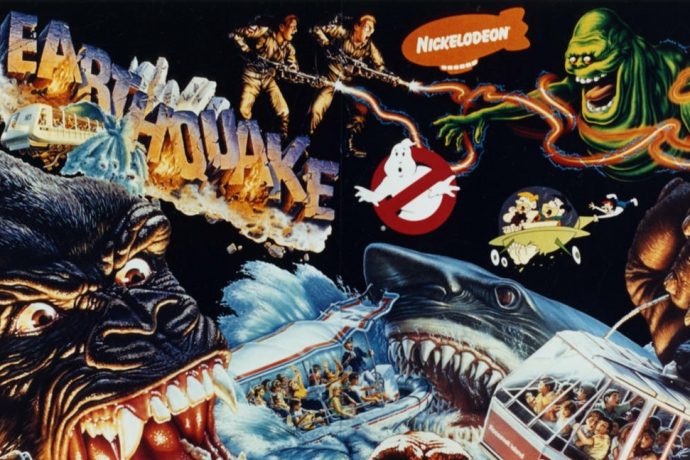
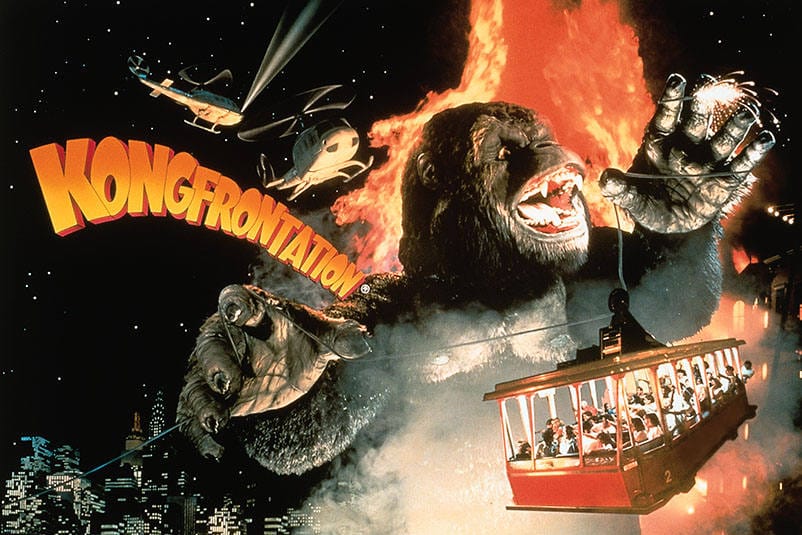
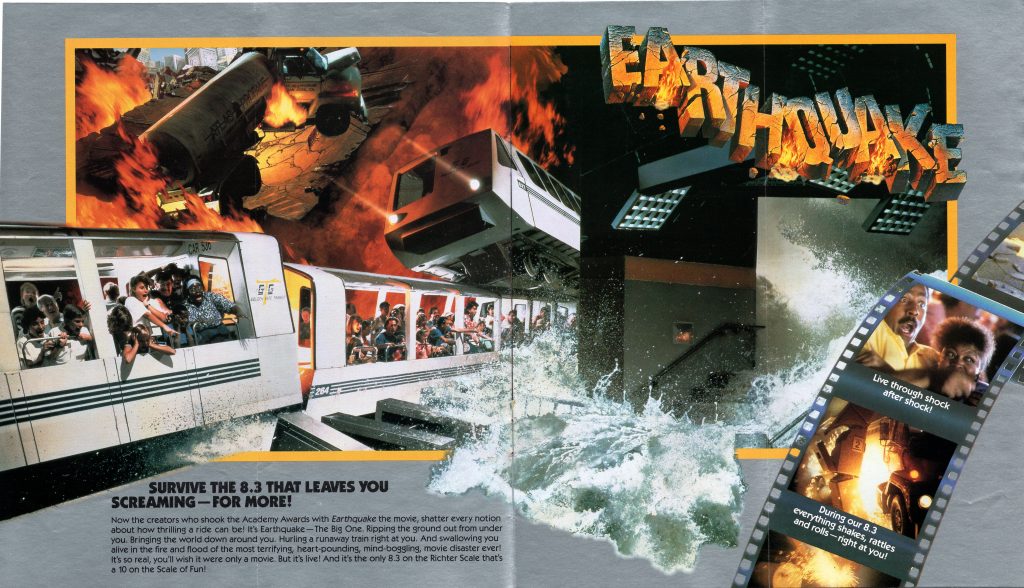
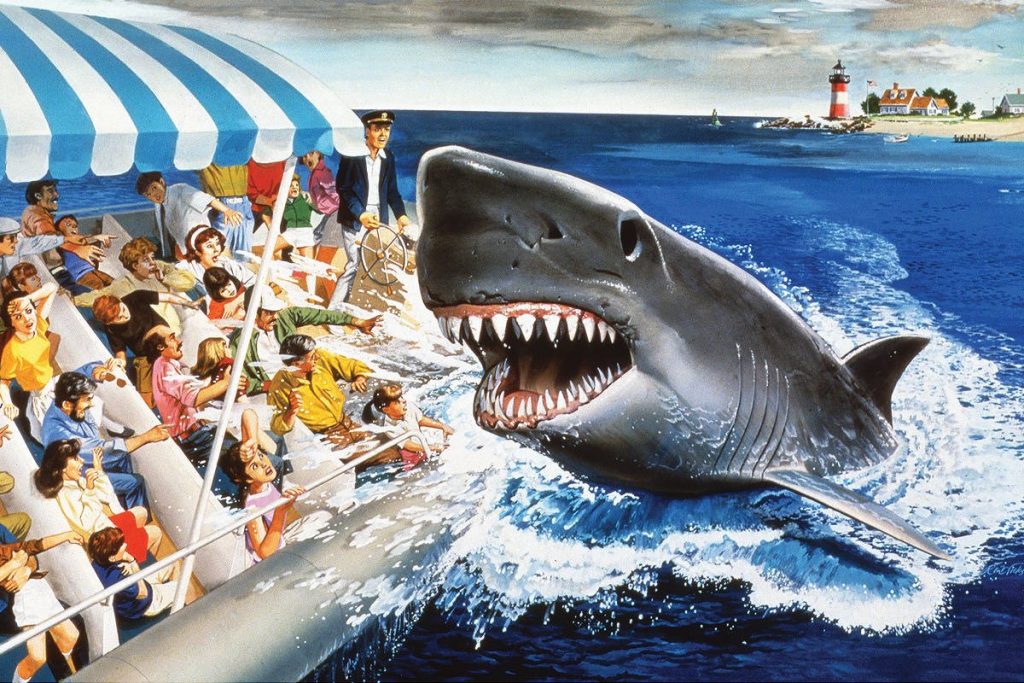
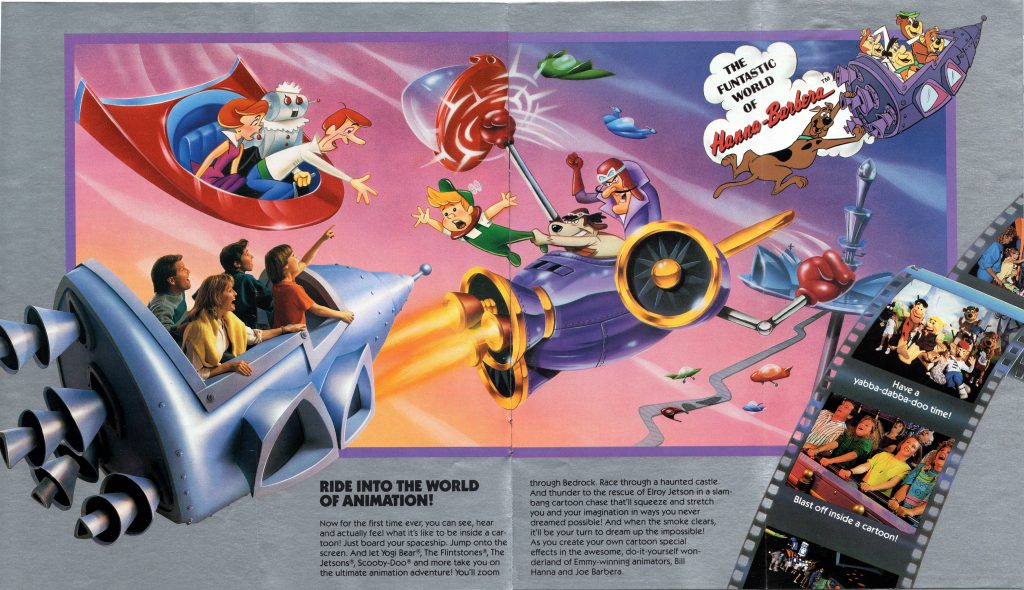
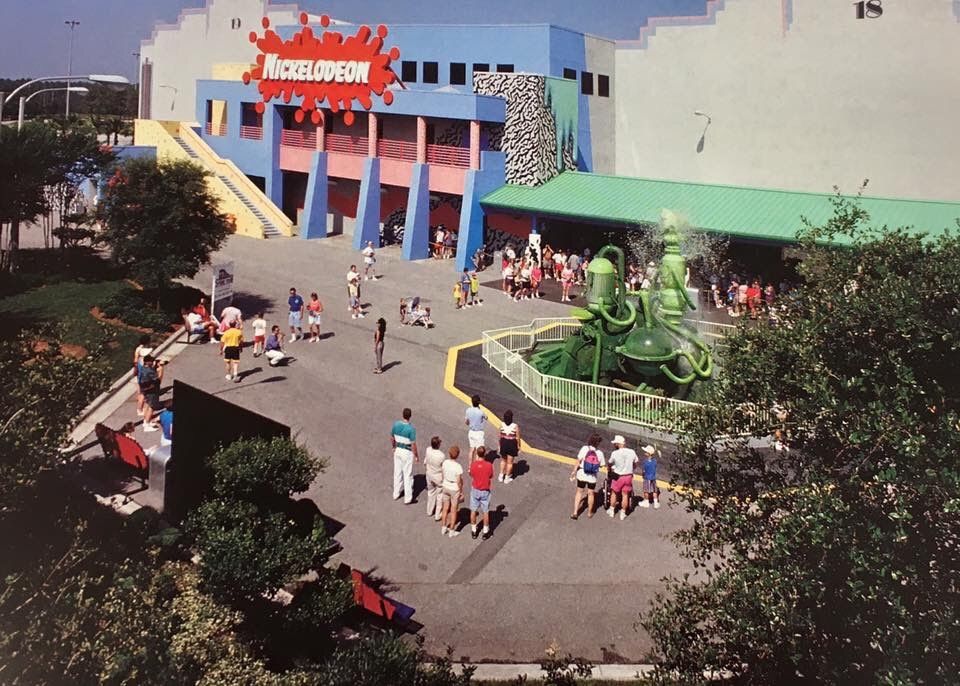
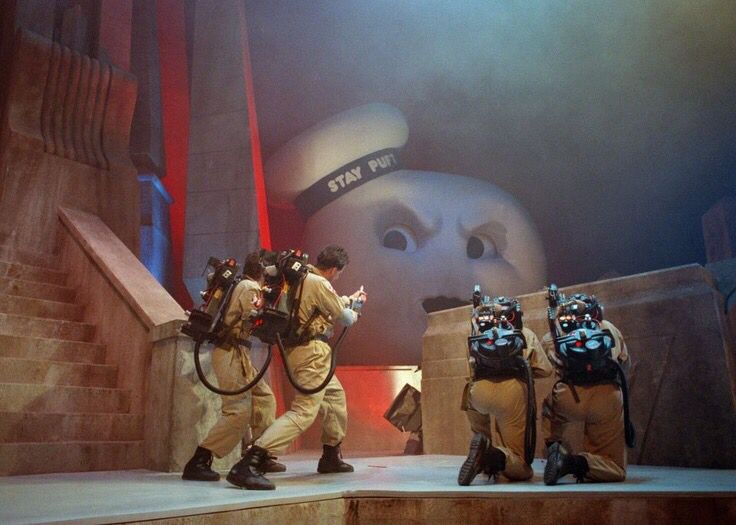
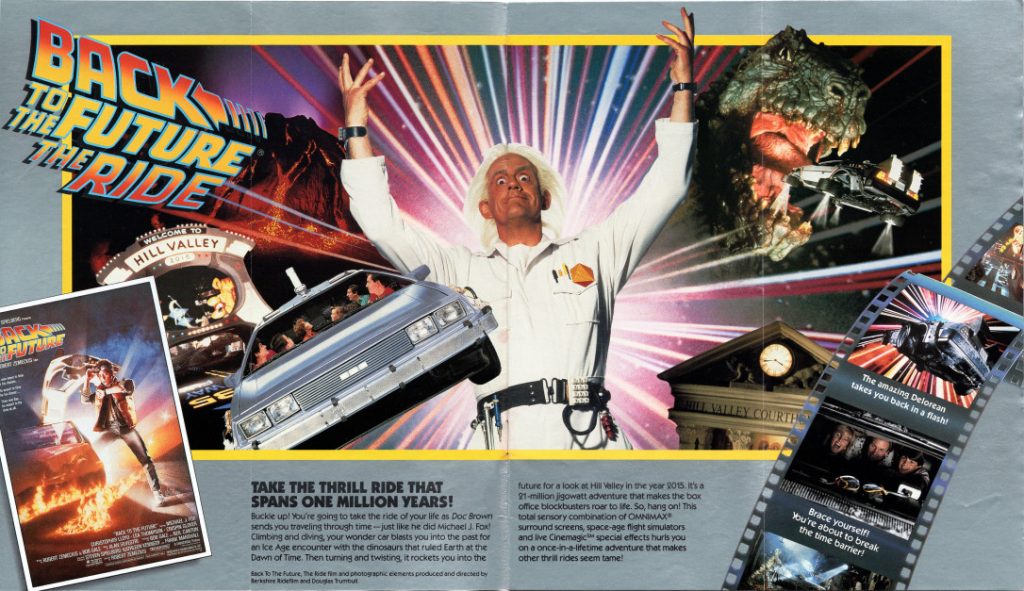
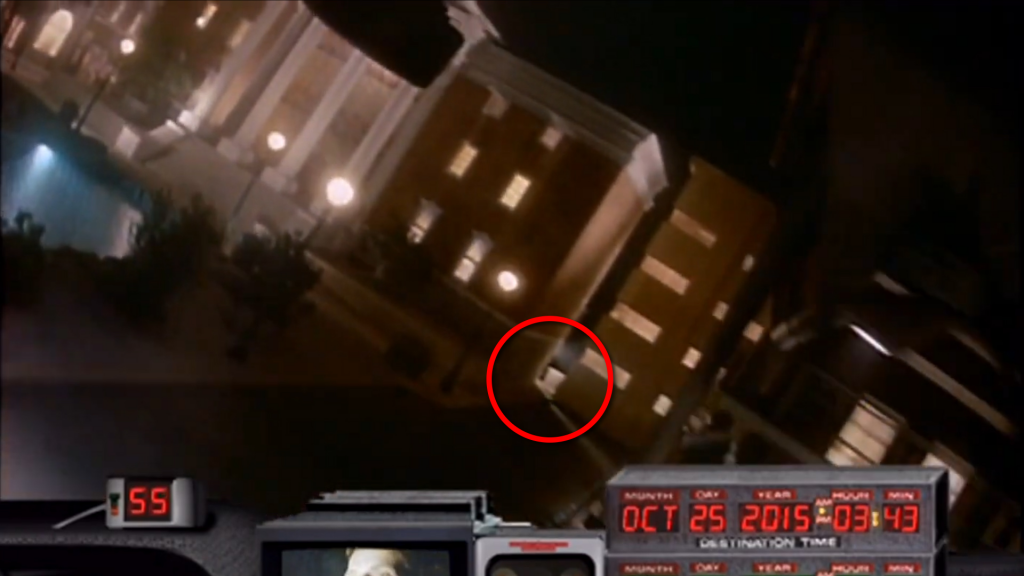
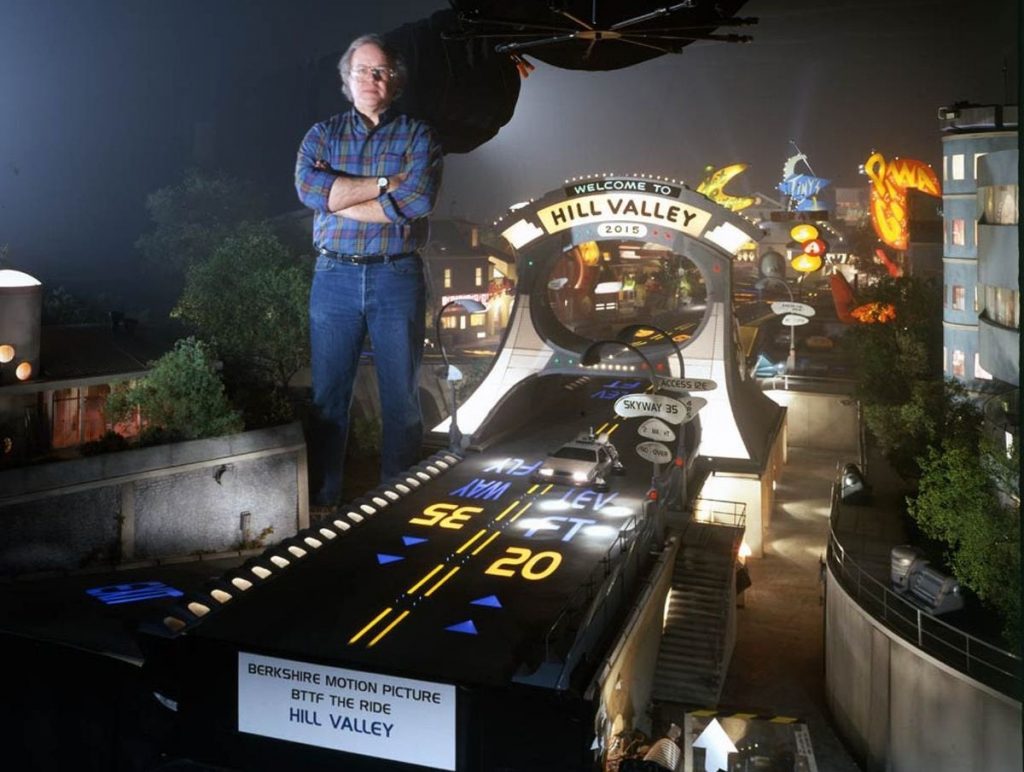
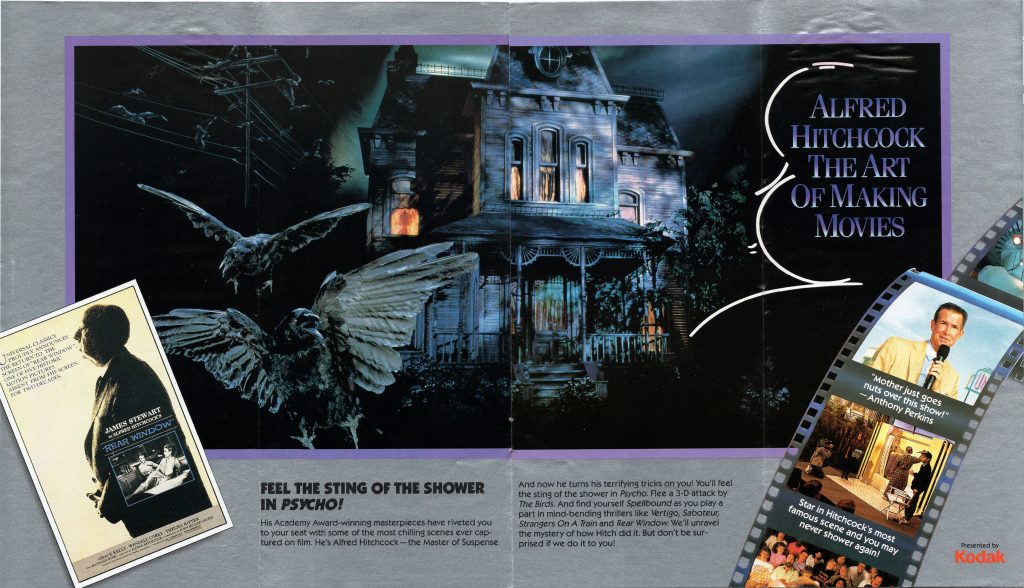
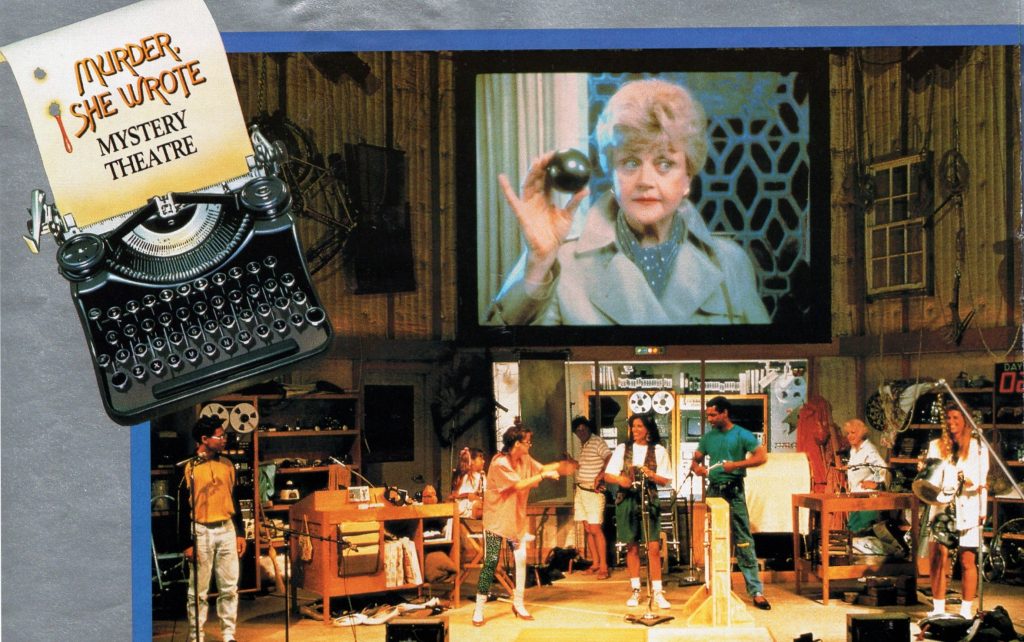
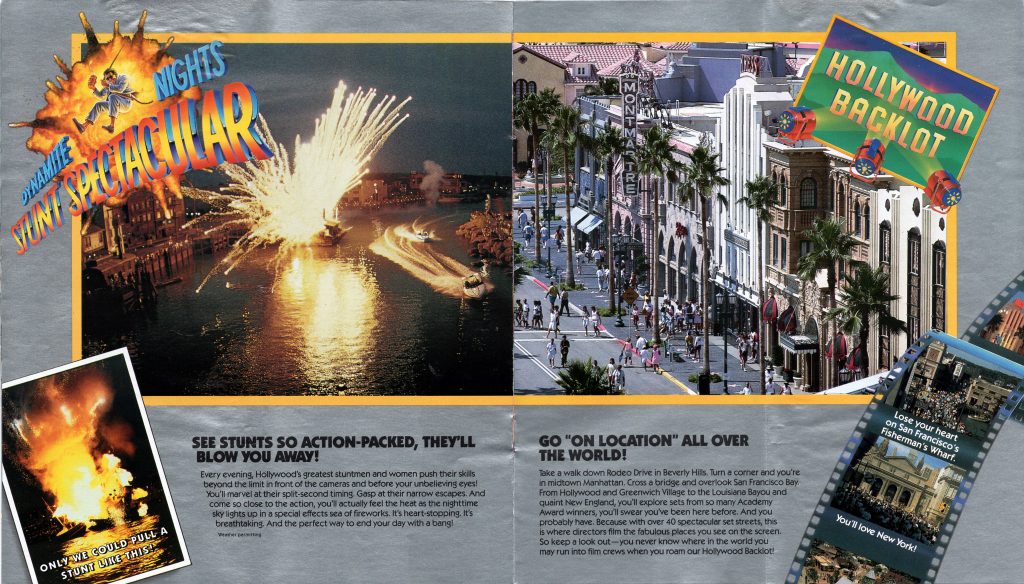
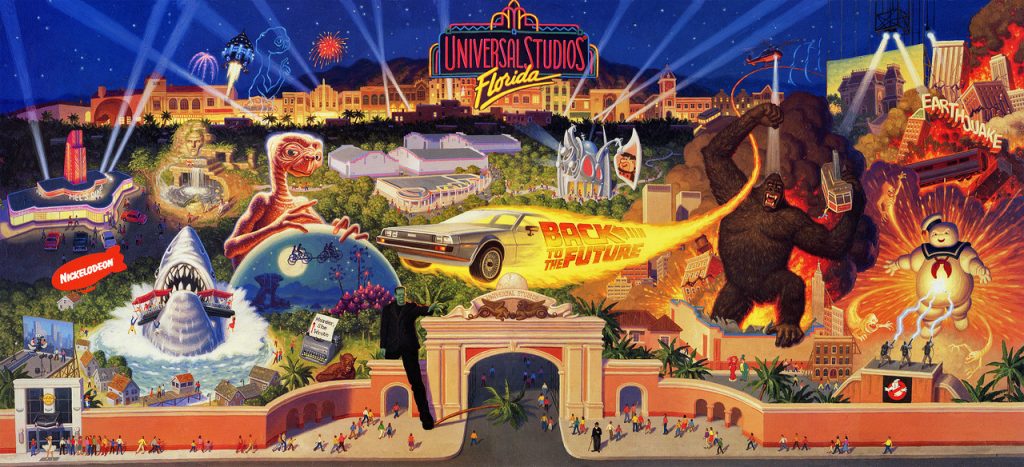
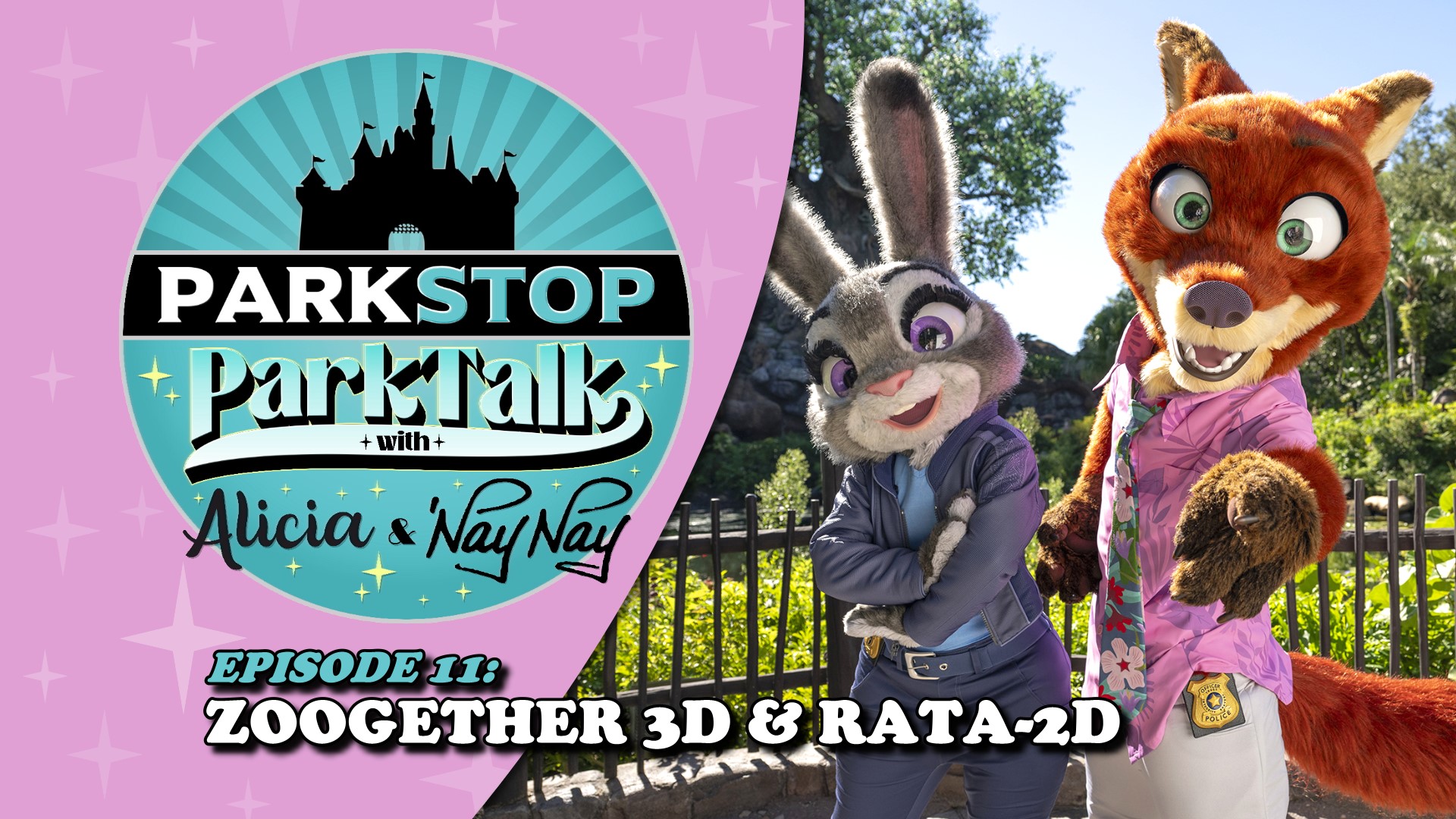

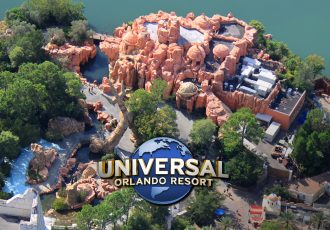

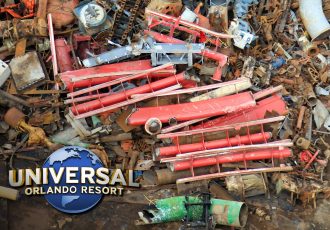
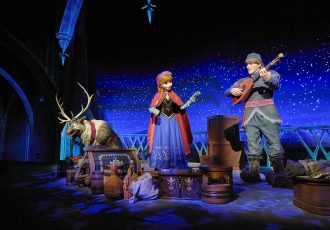
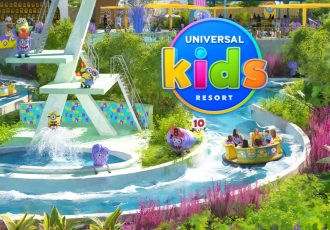
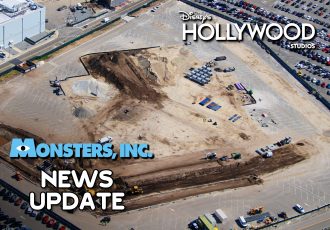
4 Comments
Robert E Fuzesi
This Was AWESOME AS ALWAYS Alicia!!! 🙂
Dave Piemme
I was the general manager for the Atari arcades on the park when it opened. Opening day was a disaster for Universal Studios, but since my stores were some of the only things that were actually fully operational that day, we made record breaking sales for Atari Operations!
Even though it’s been over 30 years since the opening of the park, if anyone still remembers the opening day I just want to say that I’m sorry for your experiences with Universal, but I would also like to thank all the people who came to my arcades and helped me to become one of the best known arcade managers in the industry at the time.